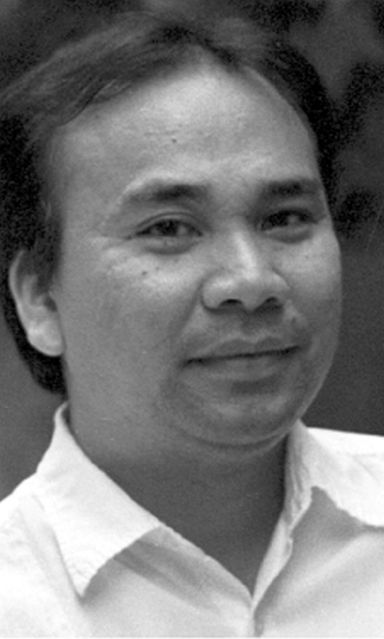
BERSALES
I just came back from a return visit to a little-known small fort or stockade inside Catmondaan Elementary School. And I’d like to use this remnant of a once-intact defensive structure of the Spanish period to illustrate why the Patria de Cebu, or at least even just its front building, needs to be saved for all eternity.
This small fort at Catmondaan has been forgotten by the present, except for those in Catmon and the Catmondaan Elementary School where just one of what were probably three curtain walls made of lime mortar masonry with a crenelated tower on two corners once stood high above the sea. In the 1700s and early 1800s, fleets of swift-moving ‘pancos’ or ‘caracoas’ from the Sulu archipelago would regularly decimate coastal towns and kidnap their residents to sell as slaves in Jolo and the slave markets of the Malay peninsula. Thus the construction of these palisades or walled stockades and forts dotting the coast, built by missionaries (in Cebu, largely led by Augustinians, the same ones that still administer the Basilica Minore del Santo Niño).
Alas they were a dime a dozen and as the last slave raids effectively ended by the 1850s, these structures were left to deteriorate because they could be found all over the place, until most of them disappeared from their once-lofty locations, destroyed by human action. In 1952, in fact, we almost lost Fort San Pedro when then-mayor Serging Osmeña proposed to have it demolished to give way to a new city hall since, according to his argument, there were two other similar forts in the country anyway.
Today, with the heightened sense of place and a desire to show a long history among towns and cities, everyone is scrambling to find remnants of this forgotten past. Unfortunately, very few of these forts and ‘baluartes’ have survived. Too late in the day for most towns.
Now comes the Patria de Cebu and the issue now hounding its impending demolition. Some say that heritage advocates are just saving this structure for sentimental reasons and that physically the building itself is but akin to many commercial buildings in the city. Others have even disdainfully dismissed it as ugly.
The problem with such observations is they are made in the prism of the present without looking forward to a future. Worse, such observers look at heritage as if it has only to do with physical appearance. Given the trajectory of Cebu’s development, buildings of the early 1950s and the 1960s, will soon slowly give way to ultramodern ones of steel and glass that will all look alike, much like international airports all over the world.
As I keep repeating, this is the tragedy of globalization, when values subsume to uniformity in thought and action in order to forward a standardized order of the world. When the time comes to assert difference amid a sea of uniformity, what will Cebu and its people show? Buildings that look no different from, say, Dubai or Singapore?
Fortunately, the United Nations Educational, Scientific and Cultural Organization (UNESCO) came up with a category of values beyond the mere physical to be able to preserve as much of humanity’s artistry and its past so that the present for those in the future to be inspired and to ponder upon.
That is where the Patria rests its strength. It may look drab to those who imagine colonial-era structures now. Think 50 years from now, when all buildings of similar architectural genre have disappeared in the manner, for example, of Art Deco buildings that WWII decimated in the Philippines.
But more than the physical is the unassailable evidence that this structure is not just a repository of the sentiments of a few advocates: 13,000 people contributed to its construction while its owner, the Archdiocese of Cebu, merely announced a call for donations. Thousands more used its facilities, and thus, making memories to cherish.
Nowhere in this part of early postwar history has there been so much evidence of a people coming together to build an edifice for the youth. That is the singular value that, even if Archbishop Jose S. Palma says that this building is not within the purview of what the church considers as heritage, cannot erase.
Thus, on the contrary, much like the churches of old, built by the hands of natives under the guidance of missionaries, this structure stands proudly right smack into that religious and historic tradition. And even for just this reason, it deserves to remain standing to be respected, remembered and celebrated forever.
***
I wish to thank the tourism officer of Carmen, my good friend Manny Camara Gumban, and his friend, Ronnel M. Niez, as well as my constant travel buddy Dave Bryan Latonio, general manager of Bombardier Philippines, for accompanying me on a return visit of significant sites in northern Cebu, including the fort at Catmondaan, as Cebu city celebrated the Sinulog. Despite the driving rain, the trip was made more memorable because of such dear friends.